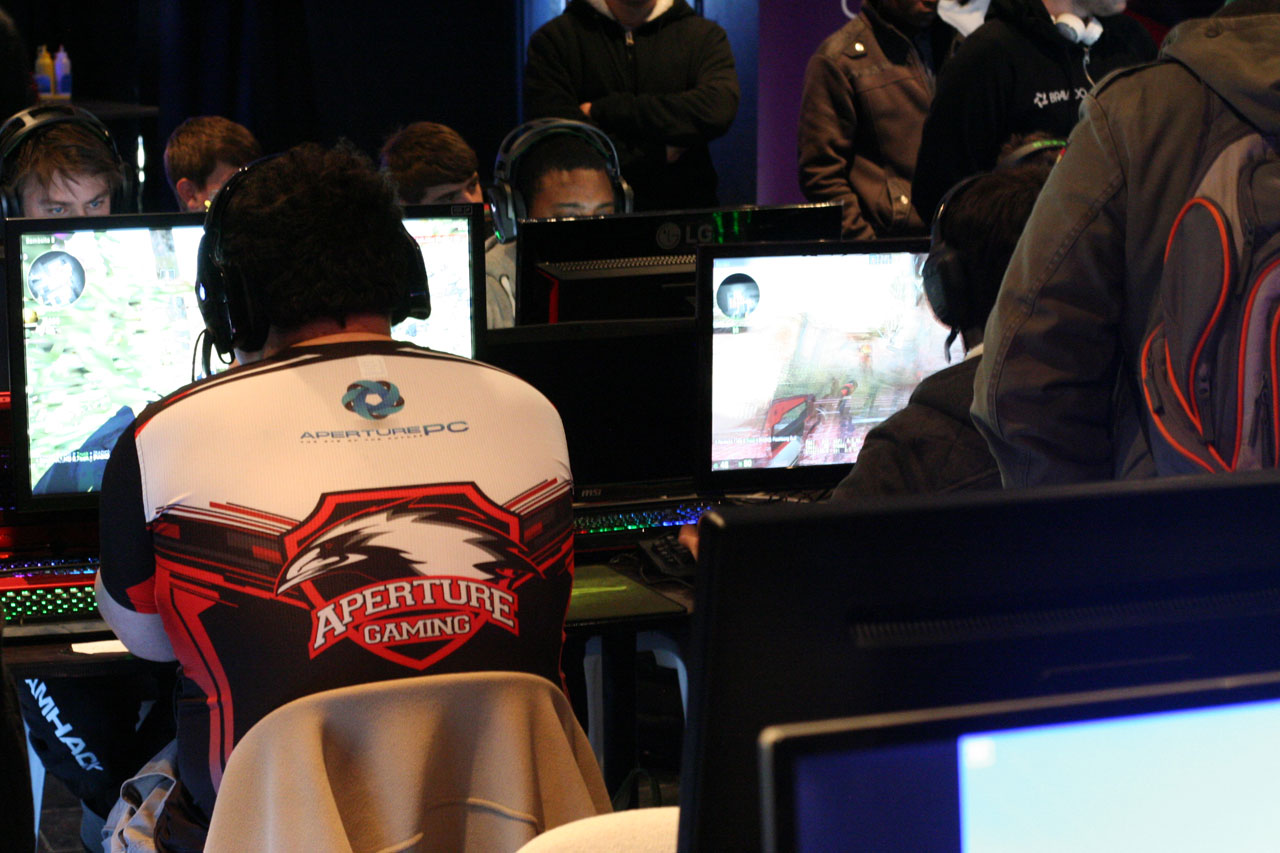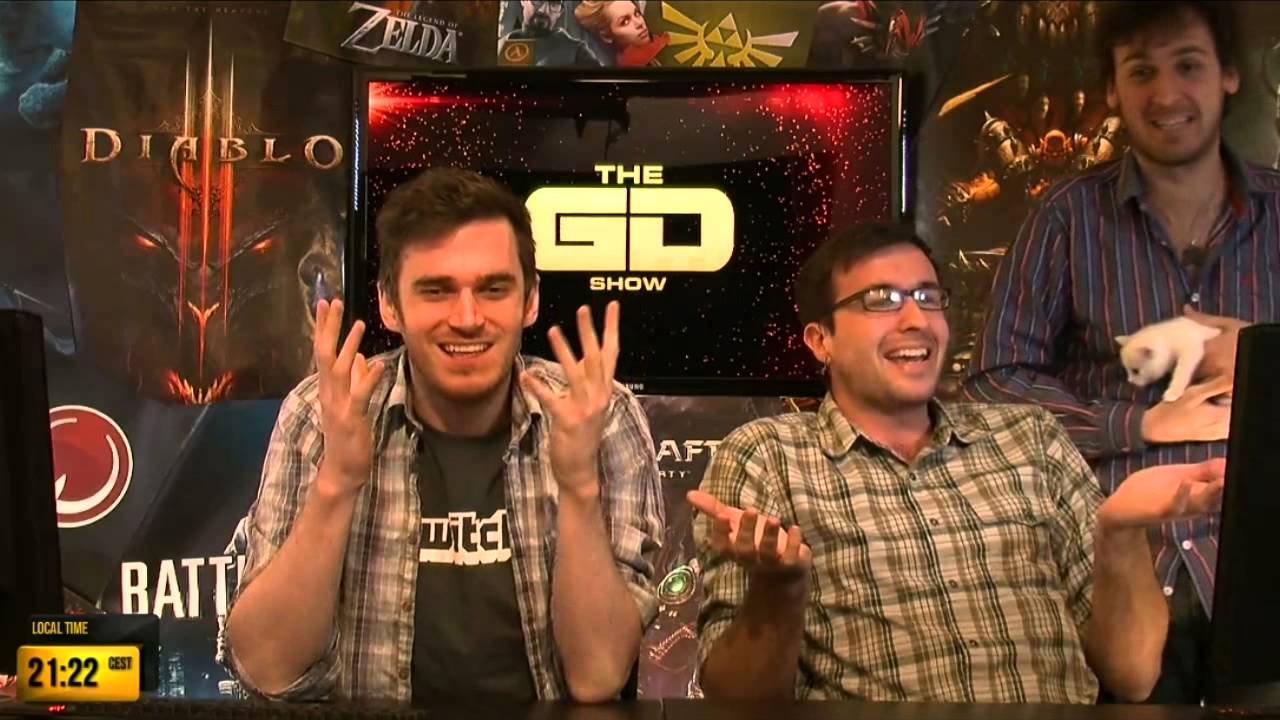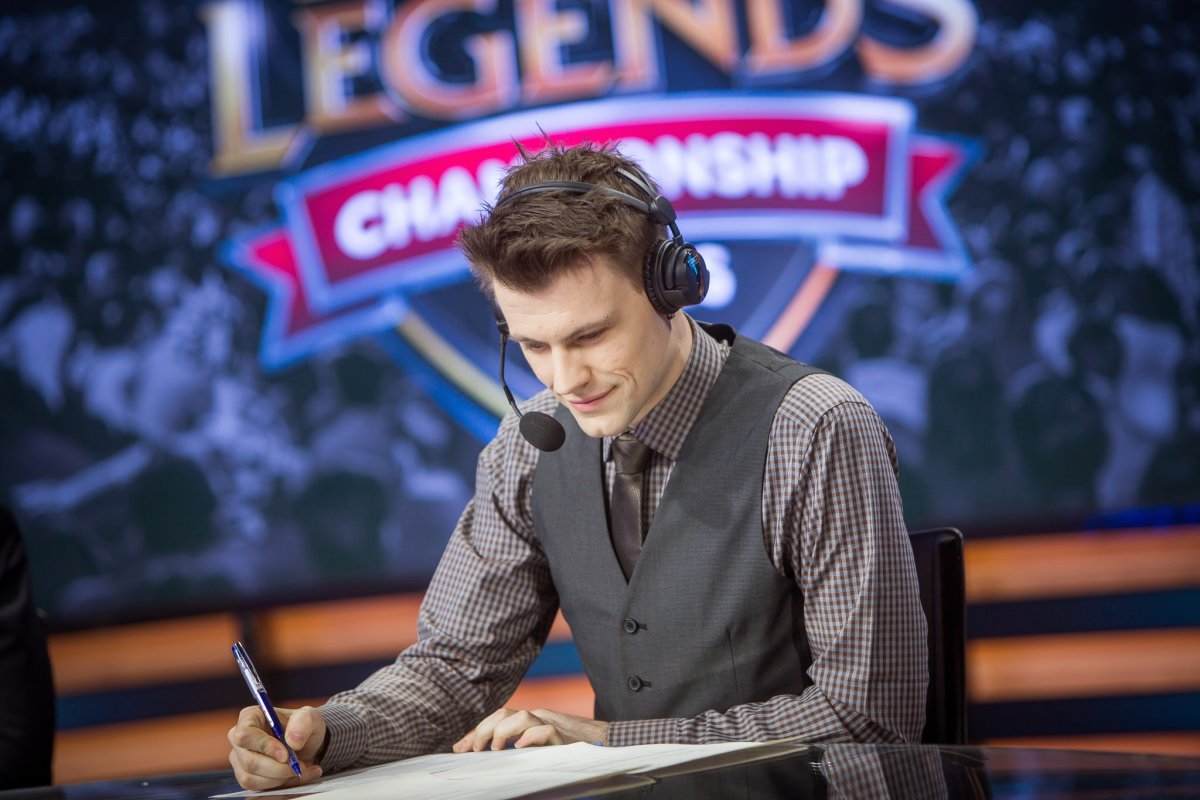
By now, you would have heard of the wave of fibre installations sweeping South Africa. Social media has been abuzz with anticipation and barely contained excitement as the fibre revolution spreads across the country.
Telkom has stated that it hopes to have a million homes covered by 2018, with the focus being on metropolitan centres. (Source) Initial projections suggest this roll out will be a slow, laborious and expensive task. (Source) Despite the negative sentiment, this is at least a step in the right direction and a much needed investment in the digital infrastructure of the country.
Infrastructure key to growth in SA scene
Weak infrastructure has been a common theme in many discussions around issues in the local gaming scene. For example, low internet penetration was a key reason for a lack of gamers of colour playing online. (Source)
Insufficient infrastructure has also played its role in issues such as the struggle of downloading massive patches that fix game breaking bugs, an almost staple occurrence with any AAA game release in recent years. The overall price of internet along with unstable latency has made gaming online a precarious situation for South Africans.

The inability to produce a high quality stream, be it as a player or as an organisation hosting an event, can also be largely traced back to inadequate infrastructure. It can also be argued that this same issue is a factor in the small audience turnout that current local streams suffer from. With the coming of fibre, for those lucky enough to receive to receive it, the aforementioned problems can thankfully be banished and hopefully set the platform for growth in the local scene. So how exactly is the fibre rollout going to impact gaming in South Africa?
The most obvious and immediate benefit of the fibre rollout will be the the decreasing price of internet connections. More affordable internet leads to the next benefit of fibre rollouts – greater accessibility. A lower barrier to entry, primarily cost, can lead to a more inclusive gaming scene, something many have championed. Whilst greater accessibility on its own won’t magically create a more inclusive, diverse scene, it is undeniable that it will a go a long way in that regard. It’s not helpful creating an incredible and welcoming scene when no one can afford to actually be a part of it.
Looking specifically at the local eSports scene, the rollout of fibre has benefits that will specifically benefit the highest level of competitive play in the country. Creating infrastructure that levels up the top tier players in the country can only be a good thing.

Firstly, it will allow for high quality streams of local gaming events by hosts and casters. When the standard is set by global streams, audiences won’t stay unless they can watch HD level streaming without any lag. Fibre gives local streamers a reliable chance to produce a stream of expected quality.
On the other side of the coin, local streamers that are doing their best to product quality streams are generally rewarded with a poor audience turnout for all their efforts. More accessible fibre may leader to a larger audience as more people are able to watch streams at a decent quality setting. Especially when many local streams are too small to partner with Twitch and thus cannot offer lower quality options.
High speed internet, the likes of which fibre will bring, will also minimize the disadvantage that many local players face when playing online on foreign servers. Whilst distance will always matter and ultimately prevent South Africans from experiencing low ping games, there’s a huge difference between facing 160ms on a European server as opposed to +300ms.
Fibre isn’t the holy grail
There’s no argument that the rollout of fibre in the country is hugely beneficial to the gaming scene and will make for a much improved experience for everyone, directly and indirectly. However, it’s important to put the effects of fibre in perspective. There are still a lot of issues that we need to face that strong infrastructure can’t fix on its own.
Inclusivity in the gaming scene is not just an infrastructure problem. It still requires an active community working towards a more diverse scene and calling out problematic behaviour that impedes this goal.
A high quality event stream still needs casters that bring talent, passion and unique flavour to get an audience. Justified or not, some in the local scene have complained about a lack of high quality casters. It’s up to the local talent to prove those critics wrong and show that South Africa is not just a one hit wonder in the shape of Trevor “Quickshot” Henry.

Conversely, players need to work harder to create their personal brand and get their name out there. The established eSports scenes overseas have powerful storylines that are only possible due to the amount of work put into both team and player brands. The audience is already invested in matches on an emotional level.
Likewise, players can’t just stream and hope to achieve big numbers right off the bat. It will take a lot of work and perseverance to create a brand that will make people flock to a stream. No one is watching imaqtpie’s stream for a highly skilled League of Legends player. They watch it for his personality and the unique flavour of streaming he brings.
Casters and players aren’t the only ones that need to bring more to the table than just a fibre connection. The local community also needs to do its part to support local streams where and when they can. There’s no point complaining about issues if you aren’t actively supporting those that are trying to give you a high quality, entertaining stream.
Fibre is a great step in the right direction. It will serve as a powerful stepping stone that will enable a lot more to occur in the local gaming scene. For the casual gamer, lower and more stable latency along with lower waiting times when downloading patches is a boon. For many, that is where the benefits end with fibre and that’s all that’s desired.
For the eSports scene, fibre will be a great enabler but there is still a lot more that needs to be done to really capitalise on it. The reality is that we need more than just passion and fast internet to grow the scene. Kyle “CongoKyle” Wolmarans phrased it well in a series of tweets:
South African esports needs to move away from passionate freelancers to professional occupations for people who work within the industry.
— Kyle Wolmarans (@CongoKyle) February 21, 2017
It's great to have passionate individuals, but for investors to start taking things seriously we need a much more professional backbone.
— Kyle Wolmarans (@CongoKyle) February 21, 2017
You can't survive on passion alone, trust me I tried for 3 years.
— Kyle Wolmarans (@CongoKyle) February 21, 2017
As the wave of fibre installations continues to sweep the country, the hope is that this will help make gaming in South Africa better and more accessible. Only time will tell if this is a point that signals massive growth in gaming locally, both casually and competitively.
The views and opinions expressed in this article are those of the author(s) and do not necessarily reflect the official policy or position of Critical Hit as an organisation.
Last Updated: February 28, 2017






For the Emperor!
February 28, 2017 at 13:31
Unfortunately one needs to live on “the right side of the track” to receive Fibre 🙁
Skittle
February 28, 2017 at 13:45
Northcliff master ra..suburb!
For the Emperor!
February 28, 2017 at 14:25
I can’t even get copper. Stuck with LTE, which was great (60+Mbps even peak times), now around 30Mbps and in peak some days less than 1Mbps http://pixel.nymag.com/imgs/daily/vulture/2012/04/10/10_vanderbeek-cryface.w1200.h630.jpg
Magoo
February 28, 2017 at 13:51
I know one community that has benefited indefinitely from this… Rocket League.
We don’t have professional casters but passionate ones who have organized for a player with a great fibre line to Stream while the casters watch and shout through teamspeak. The last big DGL final drew in a peak of about 350 viewers, which I think is great for an independent network of casters and players.
Just to clarify, the Telkom DGL does not contribute to this in any other way than hosting the tournament on paper.
HairyEwok
February 28, 2017 at 14:27
Sooooo I can basically expect fibre in my small community town by 2055.
Matthew Holliday
February 28, 2017 at 14:56
Also still waiting, all my town friends are rolling 20-100mb
meanwhile they havent even started digging here yet.
Craig "CrAiGiSh" Dodd
February 28, 2017 at 14:36
Fibre costs me an arm and a leg but its so worth it.
Avithar
February 28, 2017 at 16:59
Mine is 595 a month
Sageville
February 28, 2017 at 14:41
If you going to speak about local gaming scenes then eSports and Shoutcasting is only a small part of it surely.
Fiber has a massive impact on other aspects of local gaming, how about digital content. I’m talking about Digital downloads on systems such as Xbox Live, PSN and Steam. Many AAA games can be between 20 – 60 gigs, meaning it is prohibitively expensive or impractical to download.
Previously, I could never even consider going digital over hardcopy, why? Cause I had an impossibly shite ADSL that struggled to hit even 500 kbs speeds (Let us remember that Telkom are no longer installing or upgrading ADSL). With the introduction of LTE I now had the required speed but the cap I could afford, meant that digital games were still out of my reach. But with fiber, glorious fiber I now have the best speeds and an accommodating a cap which finally opens up the Digital download realms to me.
This meant quite a lot in my world, now I can share digital games via game sharing with a friend, this ostensibly halves my gaming bills or doubled my prospective library depending how you look at it.
In addition to this, fiber meant I could also share my own created digital content, previously sharing a gaming video was not practical given my aforementioned limitations.
I won’t even go into the benefits of Streaming Netflix and other streamed content…
In this respect I do feel the implementation of Fiber infrastructure is a watershed for Local gaming and SA in general.
Avithar
February 28, 2017 at 16:58
My Fiber was installed today… 10Mbps up and 10 Mbps down cannot wait to test drive it.
Aries
February 28, 2017 at 18:11
Still got no fiber, they said they were supposed to install it here years ago
The Fandangler
March 1, 2017 at 18:01
Naturally, Glen Kisela manages to include “diverse” and “problematic behavior” even in an article about internet infrastructure.
Dawid Eduard Roestorf
March 2, 2017 at 08:54
Fibre rollout is brilliant for south africa, and for gaming. Telkom fibre however is a waste. Since telkom still uses the same IPC charging to ISP’s the price itself will remain high. Your smaller fibre providers, like VUMA and the like has the right model. They charge ISP’s a flat price for the line speed, no matter the usage.
Also, the old ADSL ISP’s have not been able to adapt to fibre, treating fibre like adsl. Proposperous. Again, fibre spesific ISP’s like cool ideas is leading the way.
Would be better article if you look deeper than just the surface of the water.